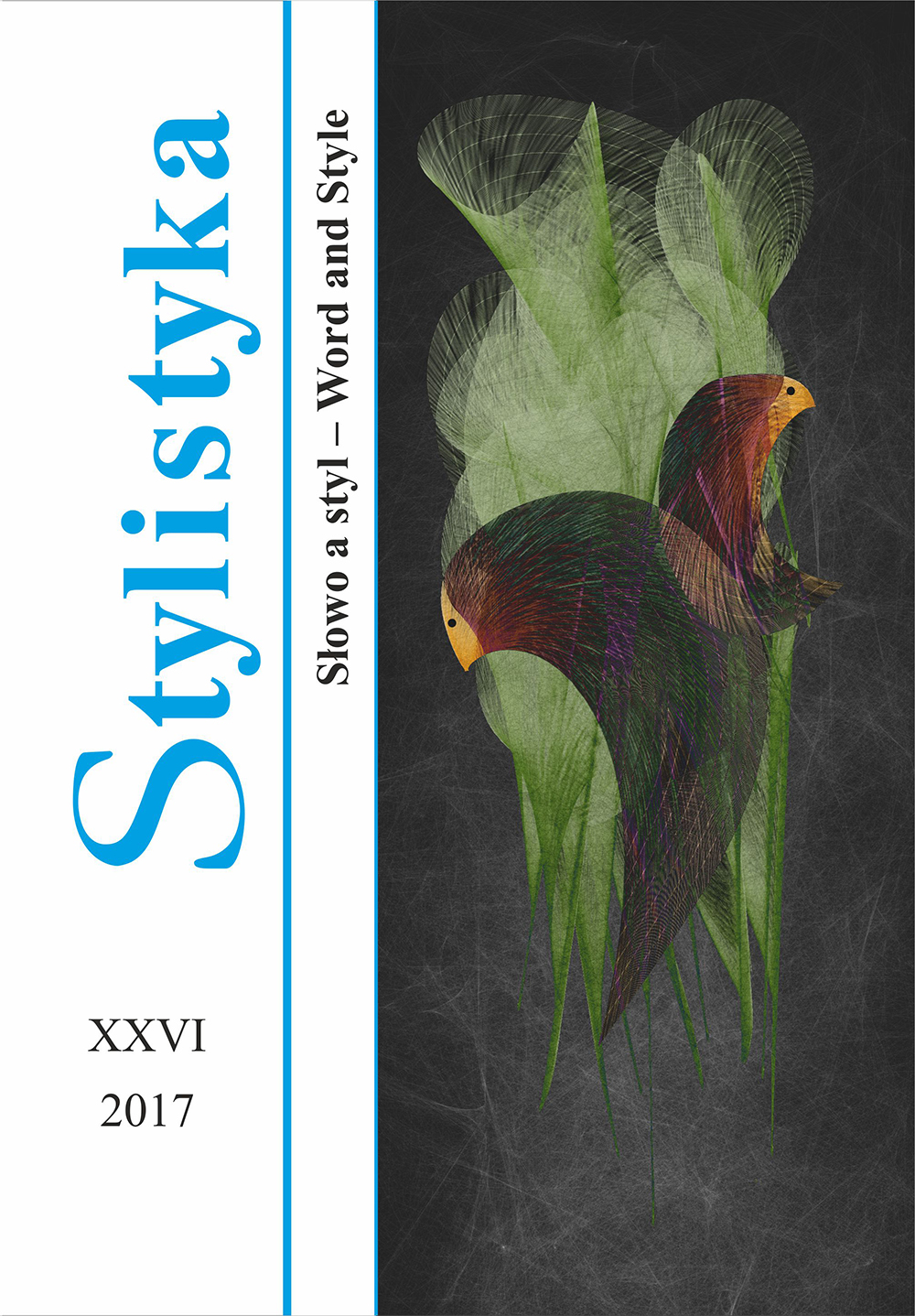РЕШЕНИЕ ПРОБЛЕМЫ РЕЛИГИОЗНОГО ЯЗЫКА И СТИЛЯ В СЛАВЯНСКОЙ ТЕОЛИНГВИСТИКЕ
Solving the problem of the religious language and style in Slavic teolinguistics
Author(s): Aleksander GadomskiSubject(s): Christian Theology and Religion, Studies of Literature
Published by: Uniwersytet Opolski
Keywords: teolinguistics; religious language; religious style; interaction of the religious language and religious style
Summary/Abstract: This paper analyses the notions of “religious language” and “religious style” and attempts to designate their interaction in Slavic teolinguistics. The criteria of description for the religious language and religious style are proposed. The work contains three main parts. In the first part, entitled “Religious style,” the author, based on papers published since the 1990s, analyses the reasoning of Polish, Russian and Ukrainian linguists concerning religious style. In the process of analyzing similarities and differences in approaches, the aforementioned phenomena are compared. The author holds the opinion that religious style is a more functional style of the national language, the emergence of which is related to translations of liturgical texts into national languages. In the second part, entitled “Religious language,” the problems relating to the study of religious language are analyzed. Attention is drawn to the fact that religious language is communicative means between the man and the God, and among believers, in which their own world-image is reflected. The author emphasises that religious language is a universal phenomenon concerning more than one language and more than one religion. This part raises issues of variability, stylistic, and genre differentiation of religious language. In the third part, entitled “Differentiation of the religious language: the correlation between ‘religious language’ and ‘religious style,’” conclusions are drawn stating that the notions “religious language” and “religious style” are not synonymous and are connected to each other as the general and the particular. Religious language, as well as secular language, is unhomogeneous, and reveals the availability of variations and stylistic and genre differentiation. The styles and genres of religious language have a lot in common with the styles and genres of secular language, but at the same time they have their own specific features. In the conclusion, the author presents his own vision of the described problem and proposes the criteria of the integrated description of religious language.
Journal: Stylistyka
- Issue Year: 2017
- Issue No: XXVI
- Page Range: 229-251
- Page Count: 23
- Language: Russian

